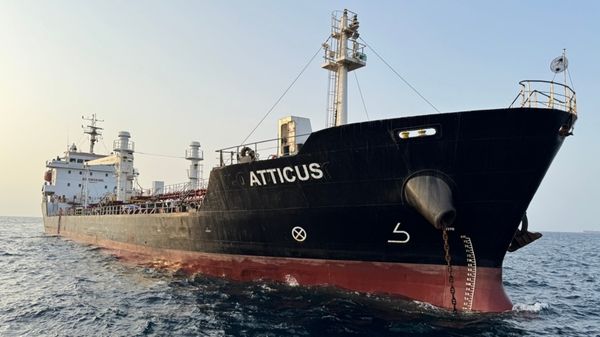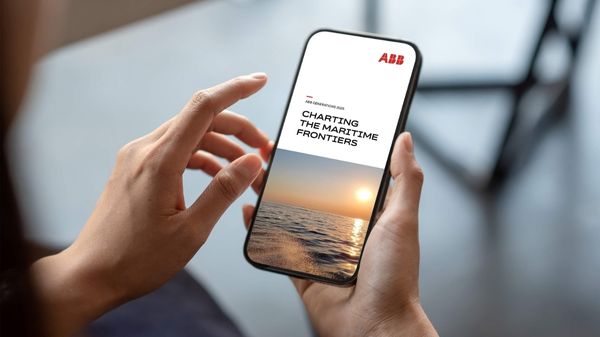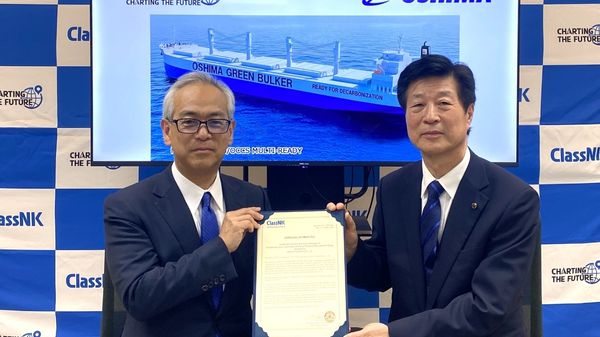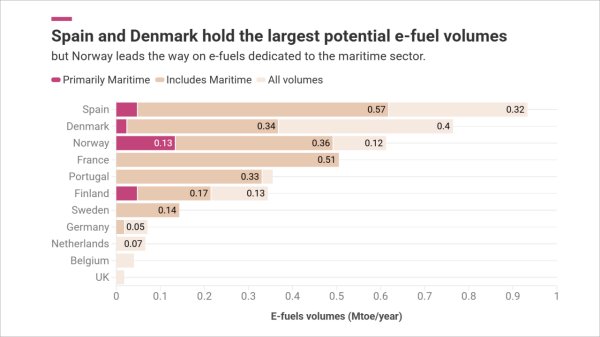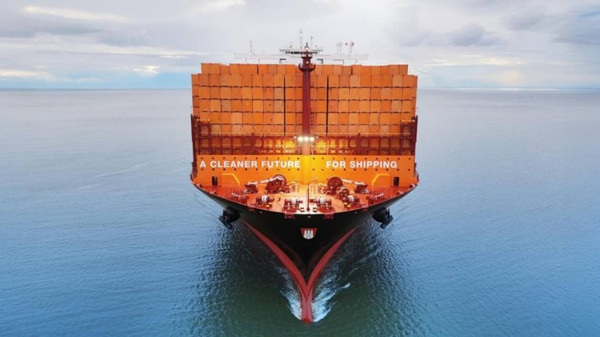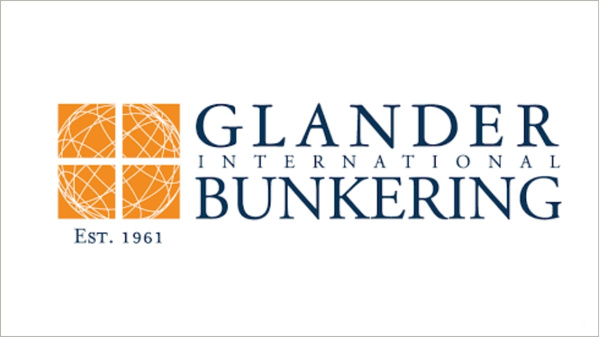Maersk Fluid Technology (MFT) has confirmed that it will be showcasing its blending-on-board (BOB) system and associated
XRF scrapedown oil analyser at the upcoming Danish Maritime Fair, due to be held in Copenhagen between 25th and 27th October.
The blending-on-board system was initially developed in 2008 for A.P Moeller group's own fleet of ships. Since the launch, however, other fleets are said to have logged millions of cylinder operation hours. "The technology has proved reliable," the company says.
The third-generation version of the technology is to be showcased for the first time under the '
SEA-Mate' brand name at this month's Copenhagen event. The new blender, the
SEA-Mate B500, is specifically designed for engines with a bore size of 26 to 48. The other brand alternatives are the
SEA-Mate B1000, for bore sizes between 50 and 72, and the
SEA-Mate B3000 for bore sizes greater than 72. "There is now a suitable SEA-Mate blender for all two-stroke engines," MFT says.
Both Wartsila/WinGD and MAN B&W have issued no objection letters to the use of Maersk Fluid Technology's blending-on-board system with their engines. The system utilises the in-use system lubricant as base stock, and blends it with a high-alkalinity (which may be as high as 300BN) cylinder oil concentrate to produce a cylinder lubricant with the optimum base number (BN), anything from 40BN up to well above 100BN.
"With current industry concerns about cold corrosion, and the need to adjust fuel sulphur levels to meet emissions limits, the importance of using cylinder oil of the correct alkalinity level has never been greater. Experience in some of the world's largest fleets has proved that BOB is a simple, low-cost, flexible, reliable and environmentally-friendly method of achieving this," Maersk Fluid Technology says.
Sune Lilbaek, Head of Sales at Maersk Fluid Technology, explains: "The BOB system added to the existing lubrication system and after installation it will no longer be necessary to adjust cylinder oil feed rates is needed regardless of the sulphur content in the fuel oil. When switching from traditional lubrication oil to our future-proof blending system, experience with the current 200 installations has proved that it will be possible to achieve lubrication at or close to the lowest allowed consumption of lubricant as specified by the engine manufacturer. This results in the cylinder lubricant from the BOB system always matching the sulphur content in the fuel. It is no longer necessary to increase lubricant supply to counter corrosive wear or fouling - instead the concentration of BN and other additives are adjusted on-the-fly, creating a fit-for-purpose cylinder oil at same or better quality than a standard fixed-BN cylinder oil. Being able to match lubricant with the fuel in use translates to proven reductions of up to 40 percent in cylinder oil consumption. Once the system has been set up, on-board engineers will merely need to enter the sulphur content of the fuel in use and the system will automatically blend a cylinder oil matching the fuel sulphur - the process can be fully automated and does not require interaction from the operator."
As the oil used for blending down the concentrate is taken from the in-use system oil, system oil is frequently replenished with new stock. This prevents the oil quality deterioration that otherwise takes place for any system oil, Maersk Fluid Technology points out. As a result, anti-wear and detergency properties are as for a new oil and, in addition, the system oil viscosity is maintained and waste system oil disposal and oil cleaning energy consumption is reduced by up to 80 percent, Maersk Fluid Technology claims.
"Experience has shown that by maintaining the original viscosity of the system oil, friction losses are reduced and fuel consumption has proven to be cut by up to 1.5%. Cleaner system oil has, in addition, a positive impact on wear of components and maintenance of separators and filters. Taking into account the reduced fuel and lubricating oil consumption and lower waste oil disposal costs, payback times of less than two years can be expected," Maersk Fluid Technology adds.
Analyser
The
SEA-Mate M4000 XRF analyser, which will also be on display at the Danish Maritime Fair, is a lubricant analysis tool that is designed to provide accurate and reproducible results within 7 minutes, rather than the average two-week delay in obtaining laboratory results.
MFT says that although it is perfectly possible to utilise BOB without the analyser, including the M4000 as part of the system facilitates fast and precise evaluation of every lubrication adjustment made. "The M4000 is the only system intended for onboard use, which gives a precise on-board measurement of both corrosive and abrasive iron in scrapedown oil, making it possible to identify if corrosive wear is taking place and take appropriate action without delay," MFT adds.
At the Danish Maritime Fair, visitors will have the opportunity to try out the M4000 Analyzer, use scrapedown oil samples and calculate savings that can be expected through using the blending-on-board system. The company will be at stand 0520.

